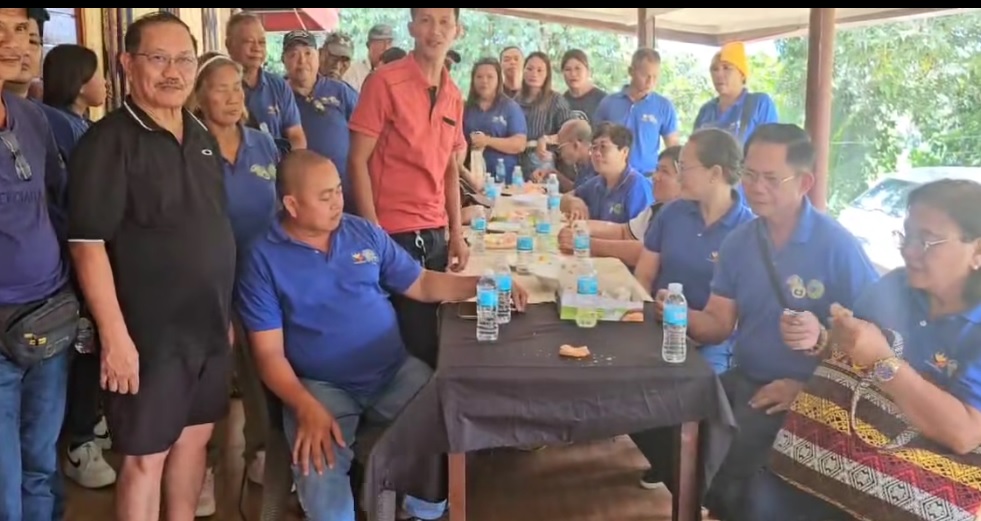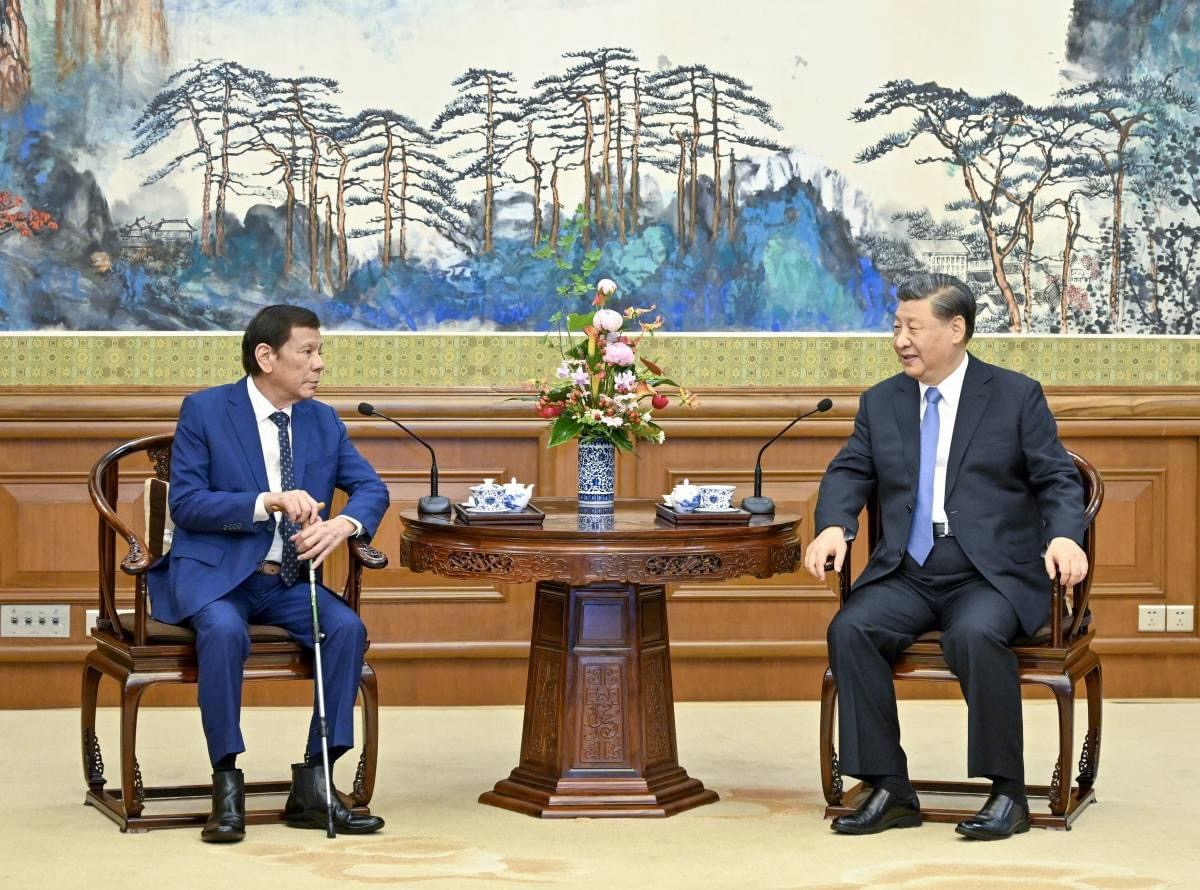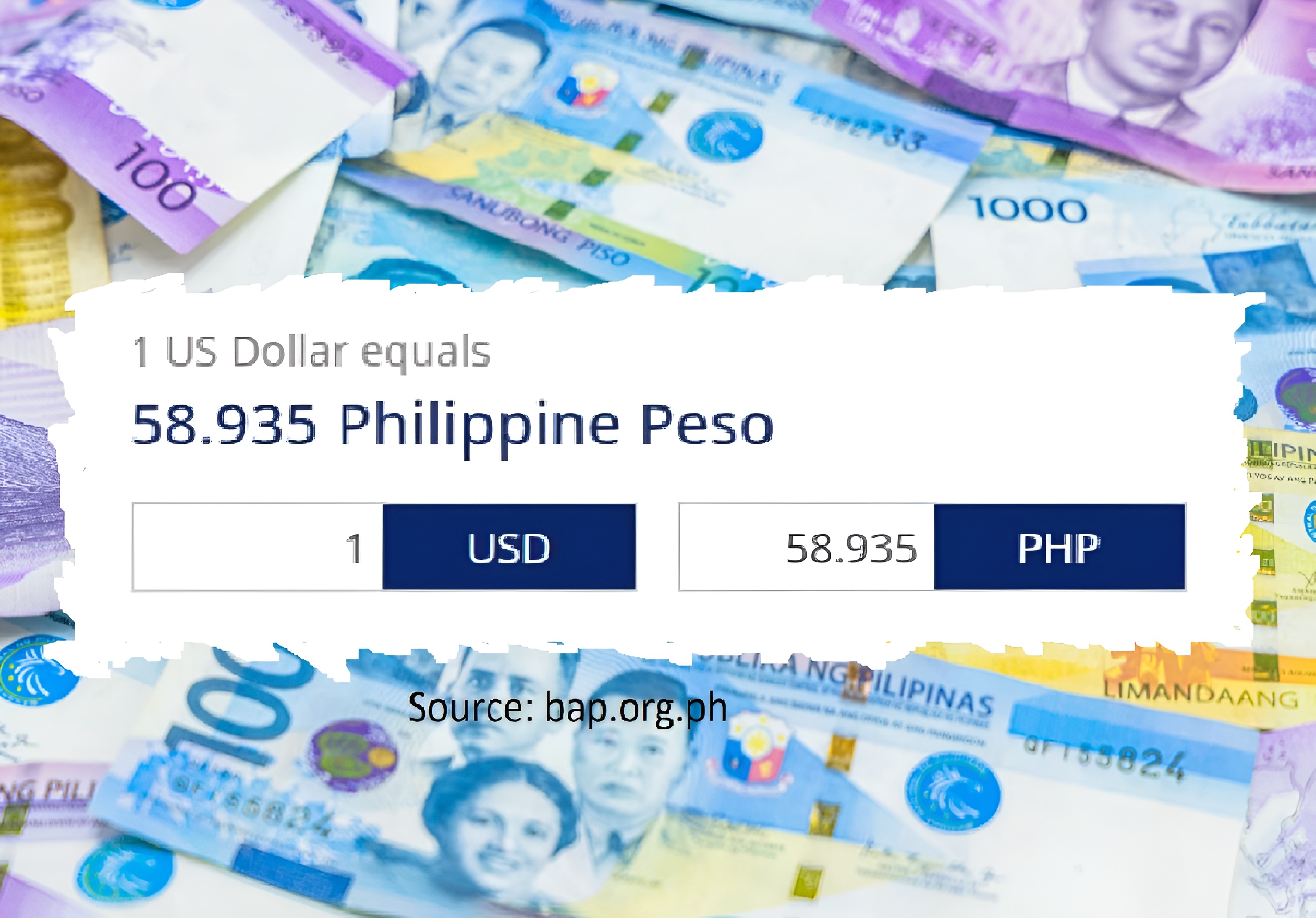
“To rebuild the Rice Industry and for rice farmers to recover, Government must provide full farm support directly to the farmers for three straight years by giving them funds to buy their own seeds, purchase appropriate fertilizer, timely acquire needed farm inputs with a guaranteed buying price.”
This was my answer yesterday to a group of rice farmers from Western Visayas who, in apparent desperation, asked me: “Sir, what do we do now? Is there still a future for us?”
This haunting question came as the country’s rice farmers are suffering from historic low farm gate prices with imported rice flooding the market.
The farmers, who are members of the Small Water Irrigation System Association from the provinces of Iloilo, Antique, Capiz, Aklan and Negros Occidental visited my farm as part of their learning journey in Mindanao ccompanied by their local counterparts, the North Cotabato SWISA.
It was soul-piercing question but it opened up the ideas which I had kept in my mind for so long on how to finally help the country’s rice farmers and attain rice self-sufficiency.
The 3-Year National Rice Industry Recovery Program which I had designed involves a direct farm support for each hectare of land to be planted to rice, especially members of the Irrigators Associations, the SWISA and individual rice farmers listed in the Registry System for Basic Sectors in Agriculture (RSBSA).
Accredited rice farmers will be provided with individual ATM accounts and cards where they will get an annual support of P30,000 per hectare.
They will be given the freedom to choose their own seeds based on adaptability studies previously conducted by the Dept. of Agriculture, purchase fertilizer based on soil analysis recommendation, buy the farm inputs they need and hire farm workers.
This system will avoid the long delays in the delivery of seeds and fertilizer and other farm support.
On the part of government, Solar Irrigation Systems, post-harvest facilities like communal dryers, and a guaranteed base farm gate price will be established.
With an estimated 5-million hectares of harvested area all over the country, government will have to allocate P150-B yearly over 3 years to help farmers recover.
While this looks like a gargantuan amount, the returns are three-folds.
Given full production support, farmers could easily increase their yield to at least 5-metric tons per hectare with a total area of 5-million hectares which and a floor price of P20 per kilo, this means an annual rice industry income of P500-B.
With an average production of 5-metric tons per hectare, the national rice output from 5-million hectares would be 25-million metric tons which with a 60% milling recovery would mean a rice annual production of 15-million metric tons, well beyond our estimated national consumption of 14-million metric tons.
Add to that the jobs generated, the business opportunities opened and the savings of the country’s foreign reserves.
Most of all, the Philippines will no longer be dependent on importation and eliminate the ignominious reputation of being the World’s No. 1 Rice Importer.





